Links between the climate crisis and migration are intensifying in West Africa, where many people work in sectors vulnerable to climate-related extremes of weather and sea level rise. As climate change intensifies, it is threatening livelihoods, which fuels conflicts and compels people in the developing world northward, where, at least for the time being, conditions are more tolerable. In West Africa, the climate crisis is unfolding in real time and people are moving, fighting for survival, and in need of support.
While consensus that migration policy in the northern hemisphere should not be aimed solely at curbing flows from developing countries is growing, the toll of high emissions from the global north as well as from middle-income emerging market economies on countries in the South is often overlooked. It is time to face up to the reality that climate change is the biggest contributor to loss of livelihoods in developing countries today. No surprise, then, that migration is a common adaptation strategy as people face deteriorating living conditions and seek brighter futures for their children.
According to surveys from West Africa, beyond selling off durables and basic assets (cattle, basic equipment, and land whenever possible), migration is the most popular coping option. Sadly, others left behind sometimes resort to fighting over increasingly scarce resources.
Although African countries have the highest concentrations of poverty and are the lowest carbon dioxide emitting countries in the world, they are also the hardest hit by climate change. The continent is beset by persistent food insecurity. Out of 113 countries covered by the Economist Intelligence Unit’s Global Food Security Index (GFSI) ranking, Mali is 86, Senegal 87, Burkina 97, Niger 104, and Chad 108.
Agriculture, which occupies above 60% of the working age population in many African countries, is especially vulnerable to climate change. Agriculture is mostly rainfed in the region and climate change is making rainfall highly variable. This means lower rain cycles, disrupted planting and cropping patterns, and hence lower yields and falling household income. For example, in Niger, erratic rainfall variability in recent years has led cereal production to plummet.
West African coastal areas, which have long provided livelihoods for fishermen and tend to be more densely populated, are also under threat. Coastal ecosystems used to provide a range of essential services, including a huge fishery resource. Productive fishery ecosystems (mangroves, deltas and estuaries) are essential to the fishing, agriculture and tourism sectors. They are being hit by rising sea levels, which triggers floods, erosion, increased salinity, the disappearance of certain species, and disruption of species’ natural migration patterns, and so on. During the twentieth century, the sea level rose in West Africa, on average by 1.7 mm per year, or 17 cm in 100 years. This trend is quickening, with current estimates projecting around a 30 to 50 cm rise between 1990 and 2100. Beyond causing major losses in coastal infrastructure, this would also expose many human settlements to the risk of inundation.
People on the move
Migration is a well-entrenched tradition in West Africa, and is mainly shaped by kinship and religious networks, operating beyond the boundaries of national borders. Compounding factors, such as demography, security, and livelihood challenges also explain migration flows. People are also on the move in recent years because of jihadist extremist challenges in Nigeria, Niger, Burkina Faso, and Mali. However, strong evidence is emerging that climate changes are compounding these trends.
The bulk of migration (84%) in West Africa is still intra-regional (ICMPD and IOM, 2015). The flow of people is mostly from the Sahel (Mali, Burkina Faso, Niger and Chad), where dependence on a dry and deteriorating landscape is higher, to countries where there are more plantations, mining, or other coastal activities, for example in Côte d’Ivoire, Ghana, Nigeria, Senegal, and The Gambia.
Finding alternative coping strategies beyond migration and fights over scare resources is difficult but essential. It requires focusing development policy (and donor support) on more sustainable adaptation strategies. This will require diversifying economic activities away from weather-dependent activities like artisanal fishing and traditional agriculture, which can be achieved through modern agricultural, horticulture, and livestock techniques, and by adding value to traditional crops and primary products through integration into global value chains.
Recent Research underscores how what is now known as industries without smokestacks can generate high quality jobs and income, as much as manufacturing, to offer a decent standard of living to Africa’s fast-growing working age population. Innovation should be mainstreamed to make such a transition possible. Successful adaptation can take the form of crop varieties more tolerant to drought, and flooding, and upgrading of the production process through inclusion of modern equipment and technology.
Important investments are also needed, particularly in coastal areas, to limit erosion and saline water encroachment into inland water, and in livestock, for example, by building barns with appropriate shade and air flows protecting animals from higher temperatures.
Most people working in the climate vulnerable sectors (agriculture, livestock, fishing), are self-employed or household enterprises’ employees with few, if any, capital, training or entrepreneurial capabilities. Empowering them through skills development, well targeted financing mechanisms and incubation, to assist them grow and consolidate, should be part of the adaptation process.
All these actions will certainly require resources far beyond what African countries can afford. Development assistance to build adaptive capacity and resilience to climate change in developing countries should be prioritized over tightened migration policies.
The reality is that people will travel toward more sustainable climates and attempts at putting up walls or border restrictions are likely to fail unless more our world is made safer and less vulnerable.
The Brookings Institution is committed to quality, independence, and impact.
We are supported by a diverse array of funders. In line with our values and policies, each Brookings publication represents the sole views of its author(s).

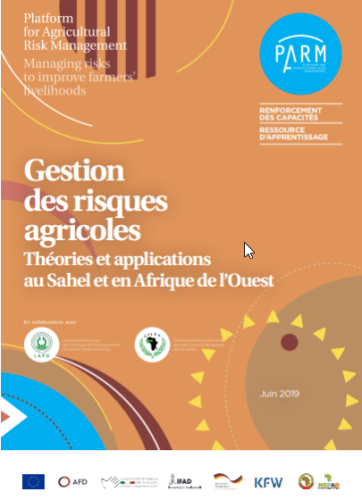
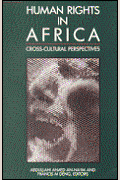
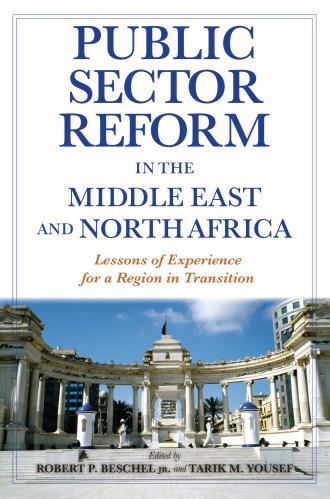

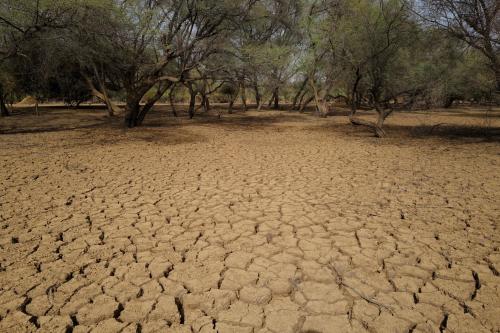
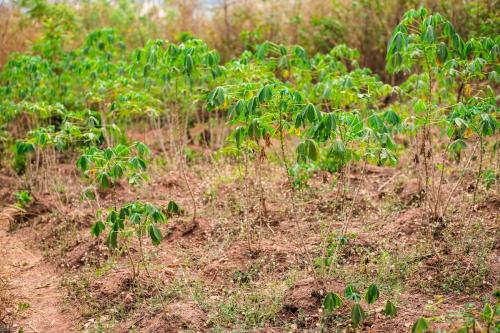



Commentary
Africa’s climate crisis, conflict, and migration challenges
September 20, 2019